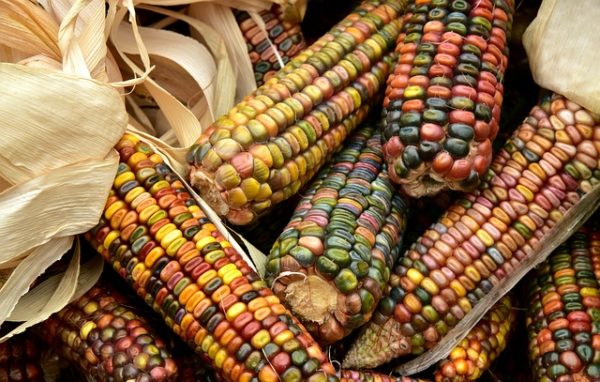A team of researchers affiliated with a large number of institutions in China and one in Germany has found that turning off a certain gene in corn and rice can lead to improvements in crop yields. In their paper published in the journal Science, the group describes mapping the genomes of both plants as a way to search for genes associated with grain yield using CRISPR gene editing to improve yields in test crops.
As the planet continues to warm, scientists around the world are increasingly concerned about the ability of farmers to grow enough food to feed an ever-growing populace. Prior research has suggested that some of the land now used to raise crops may become less fruitful. Researchers are therefore looking for ways to increase crop yields. In this new effort, the researchers mapped the genomes of corn and rice, two of the biggest global food crops, and then searched their genomes for genes related to grain yield. They found 490 pairs of genes that appeared to serve similar functions in both plants. They narrowed down the genes to just two—one from corn and one from rice. They found that both of them produced a type of protein that regulated the number of grains a given plant could produce. They then used the CRISPR gene editing technique to turn off these two genes. Then they planted test crops using the seeds with the edited genes and measured the average yield.

In looking at their yield numbers, the researchers found the plants with modified genes produced more grains per plant than control groups. They saw yield increases of 10% in the corn and 8% in the rice. They also studied the genetically modified plants to see if they could spot any other changes, specifically those that might make have a negative impact on plant growth and found none. They suggest their technique provides a reasonable approach to increasing crop yields and posit that the modified plants could be mixed with wild varieties to create new species that might be more resistant to climate change.
Read the paper: Science
Article source: Phys.org
Author: Bob Yirka
Image credit: CCO






